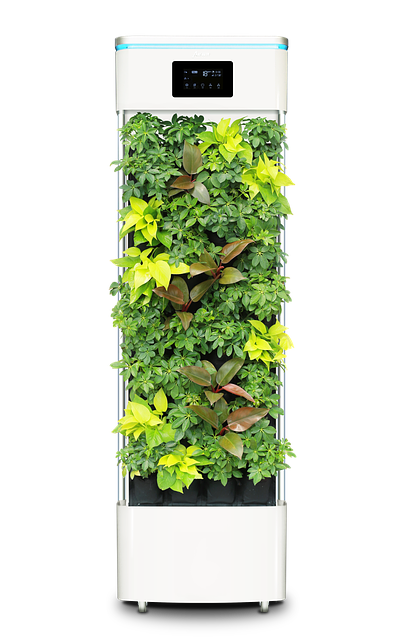The transmission of coronaviruses, such as the severe acute respiratory syndrome coronavirus (SARS-CoV), the Middle East respiratory syndrome coronavirus (MERS), and SARS-CoV-2, occurs through exposure to aerosol particles formed when an infected person coughs or sneezes. Currently, the rapid spread of SARS-CoV-2 across the world has persisted in the current coronavirus disease 2019 (COVID-19) pandemic for almost two years.
Study: Using portable air purifiers to reduce airborne transmission of infectious respiratory viruses – a computational fluid dynamics study. Image Credit: VectorManZone / Shutterstock.com
How far can aerosols travel?
It is imperative to understand every aspect of viral transmission, including how far and fast aerosols can travel in indoor settings. Such information would help develop effective mitigation strategies to control the further spread of the disease.
Typically, the larger the size of a droplet, the lesser distance it would travel. Generally, in indoor settings, large droplets travel a distance of fewer than two meters. In contrast, small-sized droplets, also known as fine aerosols, could remain airborne for a longer duration and travel a longer distance.
Fine aerosols play a vital role in the transmission of airborne viral infection. In the current pandemic, scientists have stated that airborne mode of transmission played a vital role in the worldwide transmission of SARS-CoV-2.
Among the preventive measures encouraged by governments, one has been the use of air disinfectants. Aerosol dispersion strongly follows convective air flows; therefore, a proper ventilation system with high air exchange rates and the introduction of flow-directing geometries could stop the further spread of the disease.
However, redesigning entire heating, ventilation, and air conditioning (HVAC) systems could be extremely expensive. As a result, scientists and policymakers have encouraged the use of portable air purifiers.
Can air purifiers prevent the spread of airborne viral infection?
Air purifiers comprising high-efficiency particulate absorbing (HEPA) filters can filter more than 99% of particles that are larger than 200 nanometers (nm). This technology is cost-effective, portable, capable of filtering out many viral particles and is easy to operate as a result of its user-friendly control interfaces. Although many documents are available that support the fact that air purifiers can disinfect polluted air, scant evidence is available to show its effective usage.
Two of the essential questions regarding the use of air purifiers to experience the best results are include the best position to place an air purifier in a room and whether it necessary to use maximal flow rates in the purifiers for spaces with or without an HVAC system. The solution to these questions could enhance the function of air purifiers.
Previous studies have shown that higher flow rates can filter out more particles; however, a stronger outflow jet can hamper the airflow and may cause unwanted mixing of air. This system also creates more noise.
Keeping these aspects in mind, a new computational study published on the preprint server medRxiv* focuses on the performance of portable air purifiers based on Computational Fluid Dynamics (CFD) simulations.
CFD simulations and air purifiers
Many studies have applied CFD …….
